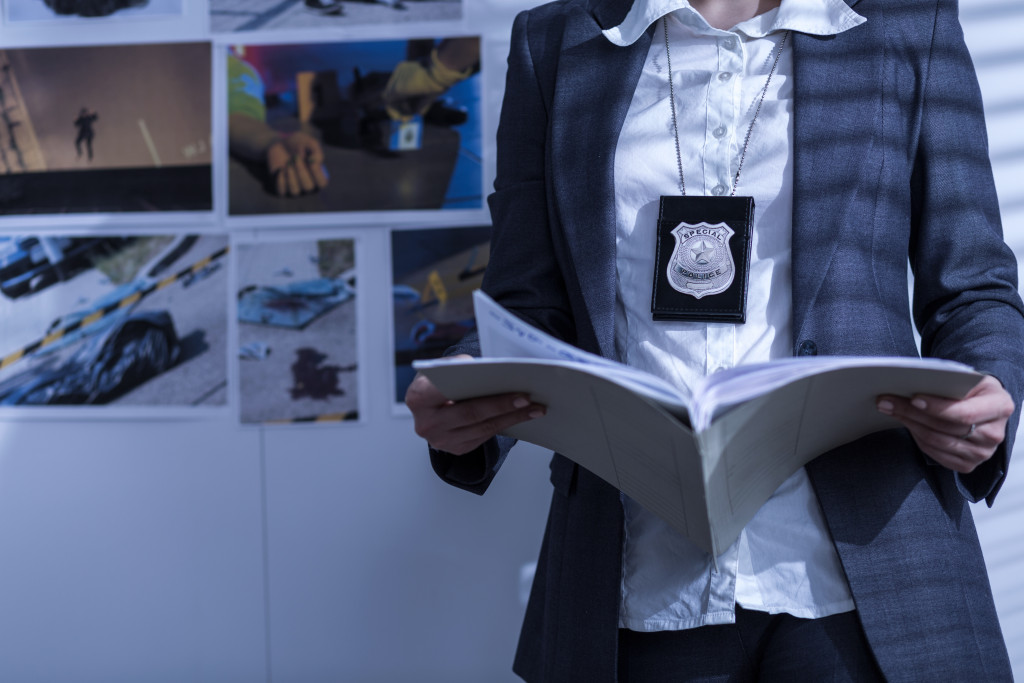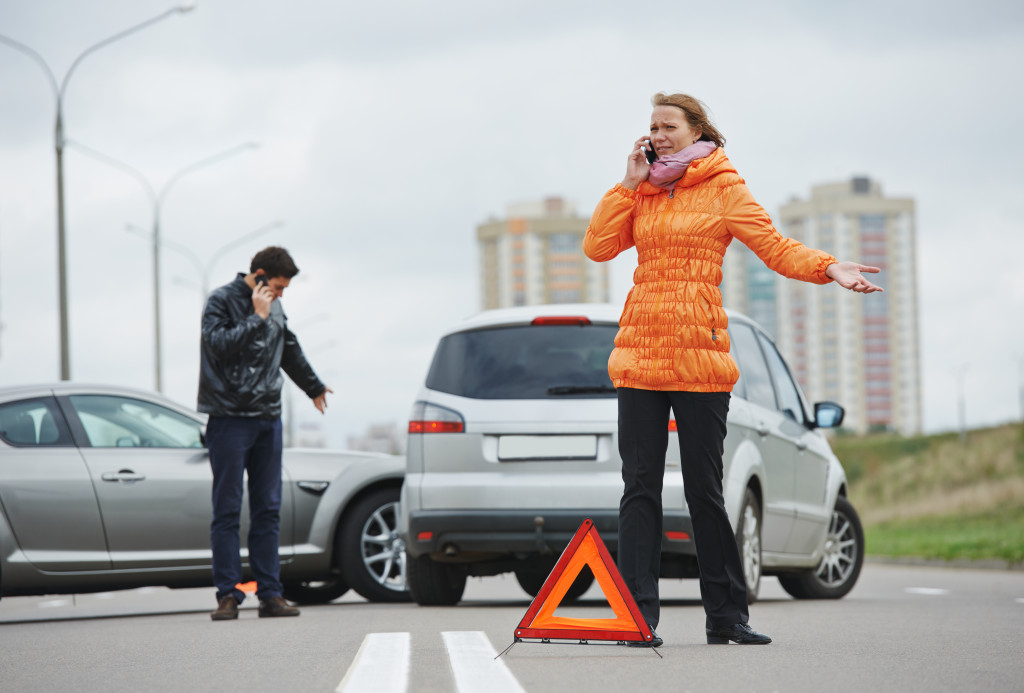- Stay calm and prioritize your safety after a hit-and-run accident.
- Gather as much information as possible, including witness statements and evidence.
- File a police report with the local law enforcement agency.
- Notify your insurance company of the incident and review policy coverage for hit-and-run accidents.
- Hire an experienced attorney to guide you through the legal process and advocate for your rights.
Experiencing a hit-and-run accident can be a distressing and overwhelming situation. However, staying calm and taking appropriate steps to protect yourself and seek justice is important. This guide provides five essential tips for dealing with a hit-and-run accident. From ensuring your safety to gathering evidence and seeking legal assistance, these tips will help you navigate the aftermath of the incident and increase your chances of obtaining the support and compensation you deserve.
1. Prioritize Your Safety
After a hit-and-run accident, your safety should be the top priority. Check yourself and any passengers for injuries. By prioritizing your safety, you can minimize further risks and potential injuries.
Here are tips for prioritizing your safety:
Stay Calm
After a hit-and-run accident, it is important to stay as calm as possible to assess the situation. Take a few deep breaths and remain in your vehicle until help arrives. If any passengers are with you, try to reassure them by speaking calmly and reassuringly. This will help keep everyone safe while you wait for assistance.
Assess the Damage
Once you have reassured yourself and your passengers that no one is injured, take a moment to assess the damage caused by the accident. If available, note down any visible information, such as the make or model of the car that has fled the scene and its registration number. Additionally, check for any damage caused to your vehicle, and take pictures if possible.
File a Report

Once the scene is secure, contact the police to file a report. Provide them with as much information as possible, including witness accounts or other evidence that may help track down the hit-and-run driver. It is also important to notify your insurance company of the accident so they can start processing your claim quickly.
Seek Medical Attention
If necessary, seek medical attention for yourself or any passengers involved in the accident. Even minor injuries should be checked by a doctor to ensure no long-lasting effects from the incident. Additionally, it is important to keep all treatment-related documents for records when filing an insurance claim or police report.
2. Gather Information
Collect as much information as possible about the hit-and-run accident. If you cannot identify the other party involved, try to remember and note down any details about the vehicle, such as the color, make, model, and license plate number. If there were witnesses to the accident, ask for their contact information. Take photos or videos of the accident scene, including damage to your vehicle and any surrounding objects. This evidence will be crucial in the investigation and insurance claim process.
It is also important to document any physical injuries you or your passengers sustained in the accident, as these are evidence of bodily harm. Take photos of any bruises, cuts, and scrapes that you notice on your body. Visit a doctor or hospital soon after the accident for a medical evaluation and to obtain written documentation of any treatment received. If possible, keep records of any lost wages, hospital bills, prescription costs, and repair fees incurred due to the accident.
3. File a Police Report
Contact the local law enforcement agency and file a police report about the hit-and-run accident. Provide them with all the information you have gathered, including the details of the incident, the description of the other vehicle, and any witness statements or evidence. A police report will document the incident, which can be vital for insurance claims and potential legal proceedings. Cooperate fully with the authorities and provide any additional information they may request.
4. Notify Your Insurance Company
Inform your insurance company about the hit-and-run accident as soon as possible. Provide them with the incident details, the police report, and the evidence you collected. Review your insurance policy to understand the coverage you have for hit-and-run accidents. Uninsured motorist coverage may apply, but the specific terms and conditions will vary. Work closely with your insurance company to navigate the claims process and ensure you receive the compensation you’re entitled to.
5. Hire an Attorney

Consider hiring an experienced attorney specializing in hit-and-run accidents and personal injury cases. An attorney can guide you through the legal process, protect your rights, and advocate. They will help you gather additional evidence, communicate with insurance companies, negotiate settlements, and, if necessary, file a lawsuit. An attorney’s expertise and knowledge of the legal system can significantly increase your chances of obtaining fair compensation for medical expenses, vehicle damage, lost wages, and pain and suffering.
In Summary
By following these five essential tips, you can navigate the aftermath of a hit-and-run accident more effectively. Prioritize your safety, gather information, file a police report, notify your insurance company, and consider hiring an attorney to guide you through the legal process. Remember, you deserve support and justice in the face of such a traumatic incident.



